When Art Plugged was approached to plug Playboy’s newest collaboration – an art book about female pleasure – two questions came to mind:
- Does Playboy actually care about female pleasure?
- Does Playboy actually care about art?
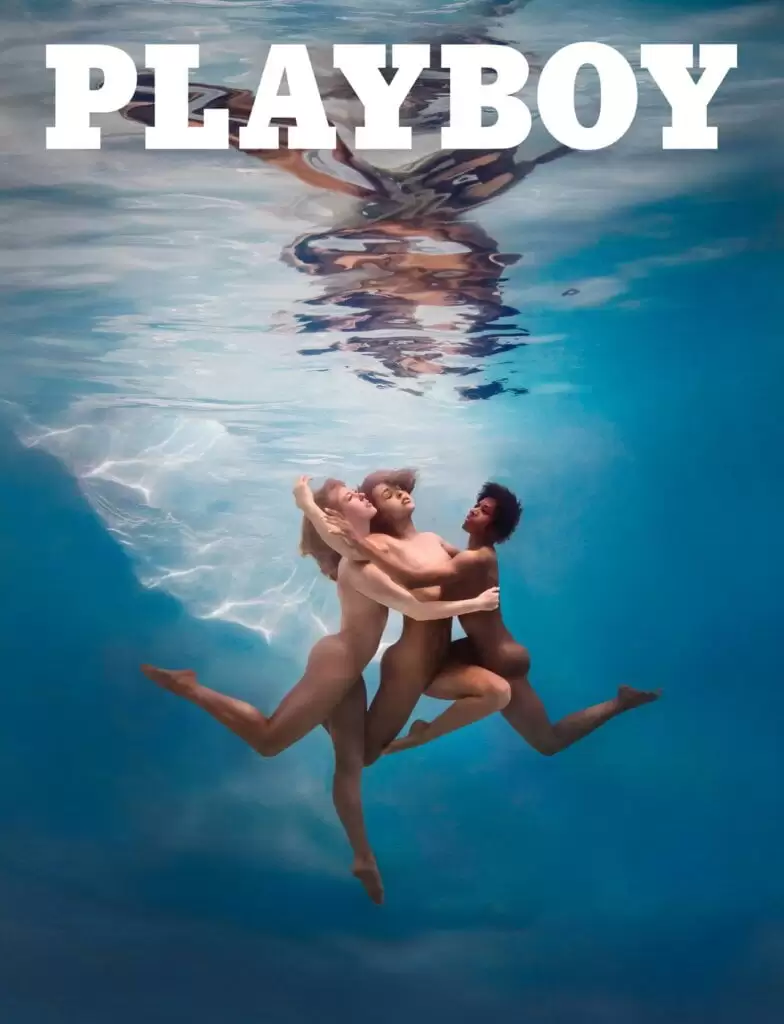
A Woman’s Right to Pleasure
Preceding the book’s full release on August 20th, publisher BlackBook teamed up with Playboy to publish exclusive previews of the art and essays from A Woman’s Right to Pleasure on the Playboy site. The book is a collaboration between BlackBook, gynaecologist Dr. Amir Marashi, and sex toy company LELO.
It is brilliant and lewd and sexy and long overdue.
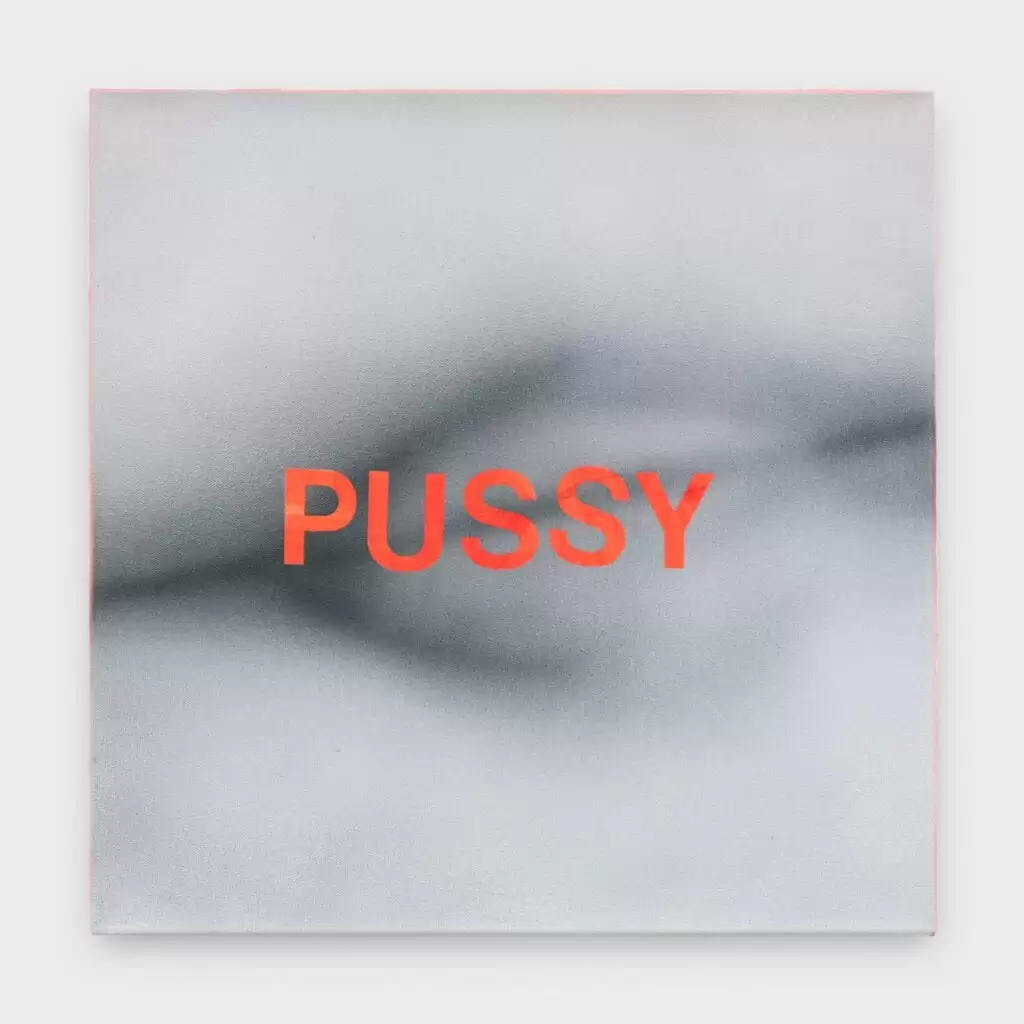
18 x 18 in., 45.7 x 45.7 cm. All images courtesy of Betty Tompkins, GAVLAK,
and P·P·O·W, New York.
The art curation is spectacular and we’re treated to hit after hit by icons like Georgia O’Keeffe, Louise Bourgeois, Tracey Emin, Marina Abramović, Jenny Holzer, Cindy Sherman, and Carrie Mae Weems in glorious quality.
The works vary in their explicitness and I was struck by how much more shocked I was at seeing a photograph of a vulva (which I actually have) than I am at art including penises. This is probably because penises are waggled about at every given opportunity, whereas, as Erica Jong writes in the book’s introduction: “a woman’s right to pleasure has been threatened in nearly every society – even the idea that women need pleasure has been disputed”.

Vaginas are largely “out of sight, out of mind” in Western culture. That is, unless it’s for male pleasure in pornos and dirty magazines like… oh, what’s that famous one? Blaypoy?

We spoke to Alexandra Weiss, the editor in chief of A Woman’s Right to Pleasure and Liz Suman, Playboy’s Executive Editor and Arts Editor to get insight on where the book sits with Playboy’s ethos. It turns out that the magazine has offered a lot more to the cause of female pleasure than most of us realise…

LIZ SUMAN, PLAYBOY
Playboy has a long and rich history in the art world, which we have been leaning into even more so in the past few years.
LIZ SUMAN, PLAYBOY
Is art a growing area of interest for Playboy?
Liz: Playboy has a long and rich history in the art world, which we have been leaning into even more so in the past few years. We have covered and worked with some of the world’s most iconic artists, such as Picasso, Keith Haring, Andy Warhol, Salvador Dalí, LeRoy Neiman, Linda Barry and Shel Silverstein. Our relationship with art has evolved to include even more female and LGBTQ artists. More recently, we’ve worked with artists such as Marilyn Minter, JR, Jim Carrey, Hank Willis Thomas, Nick Cave and Betty Tompkins.
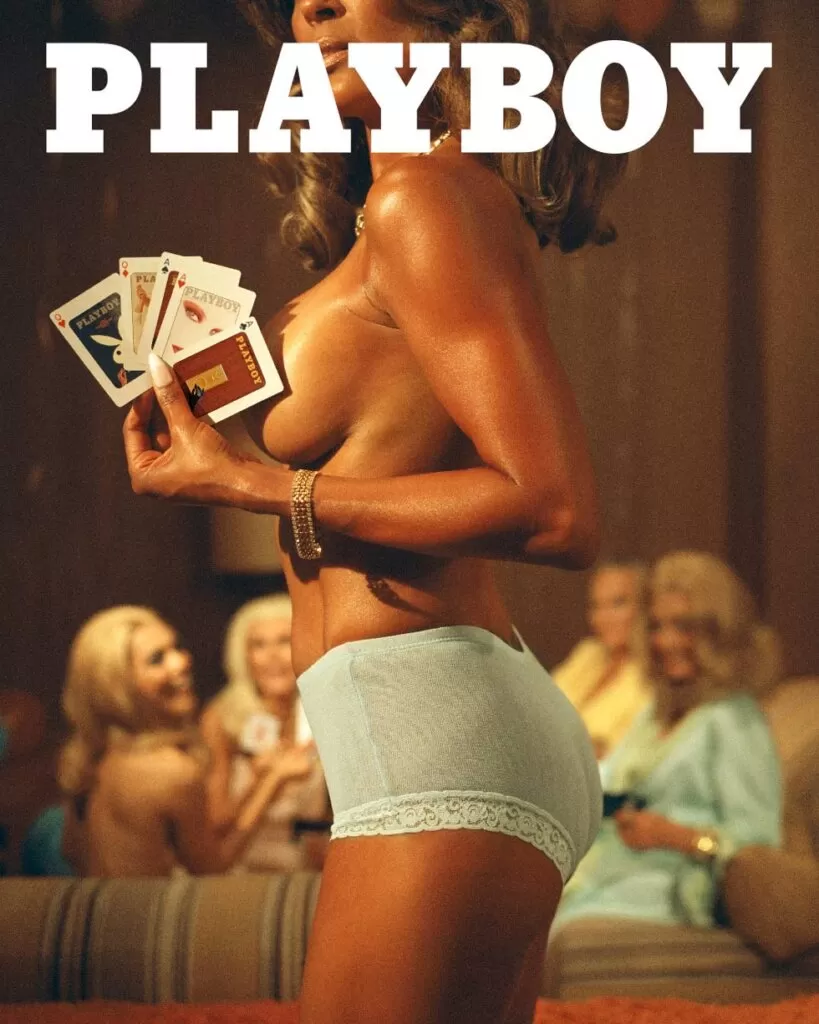
Playboy has always been a platform for artists and writers to express themselves with freedom and we’re constantly challenging ourselves to continue that legacy. Last June, Playboy held a panel in New York with Jerry Saltz and Marilyn Minter about the relationship between art and sexuality, focusing on the line between expression and exploitation, and who has the authority to draw it. We are continuing these types of conversations through our editorial pieces on Playboy.com, most recently with our editorial collaboration with BlackBook for A Women’s Right to Pleasure.
Many people probably think that Playboy isn’t a feminist space which focusses on female pleasure. Has Playboy been going in a different direction recently? Or has female pleasure always been central?
Liz: Playboy has been a leader and convener on pleasure for over sixty-five years. We have a longstanding history of taking risks. Playboy was a trailblazer in the sexual revolution and has since been a fierce defender of equality, freedom, civil rights, sexual rights, freedom of choice, LGBTQ rights and more.

Playboy has been a leader and convener on pleasure for over sixty-five years. We have a longstanding history of taking risks. Playboy was a trailblazer in the sexual revolution and has since been a fierce defender of equality, freedom, civil rights, sexual rights, freedom of choice, LGBTQ rights and more.
LIZ SUMAN, PLAYBOY
While the topic of female pleasure has become less taboo over the past few years, it’s still considered to be a fringe subject. Things like the orgasm gap, how many sex ed curriculums focus on instilling fear into young people from the beginning of their sexual lives, and the fact that many women are not familiar with their own anatomy proves we have a long way to go as a society when it comes to having real dialogues about female pleasure.
Luckily, Playboy has been a platform for provocative conversations that unapologetically push topics like female pleasure out from the shadows. Since 1953, we’ve talked about female pleasure in a way that no other publication has dared. Providing a space for artists to express themselves with total freedom is one of the ways we’re continuing the conversation.

Playboy has been a platform for provocative conversations that unapologetically push topics like female pleasure out from the shadows. Since 1953, we’ve talked about female pleasure in a way that no other publication has dared. Providing a space for artists to express themselves with total freedom is one of the ways we’re continuing the conversation.
LIZ SUMAN, PLAYBOY
ALEXANDRA WEISS
Alexandra: We met Dr. Marashi last year, after he visited our DUMBO gallery. As we got to know him, we learned about his career and life growing up in Iran after the revolution. Quickly, it became clear that his father’s work as a prominent Iranian doctor influenced his own work as a gynecologist and vaginal surgeon, and informed his radical mission to dedicate his life to helping women.
Through the years, our experience as an arts and culture brand has taught us how powerful art can be as a tool to incite larger conversations, and having reported on the art world for so long, and working with so many of its artists, we also know that there’s a confounding lack of focus on the female experience, and especially from the female point of view. We wanted to create an opportunity where women from across the world and all creative fields could celebrate their right to pleasure in all its varying forms.
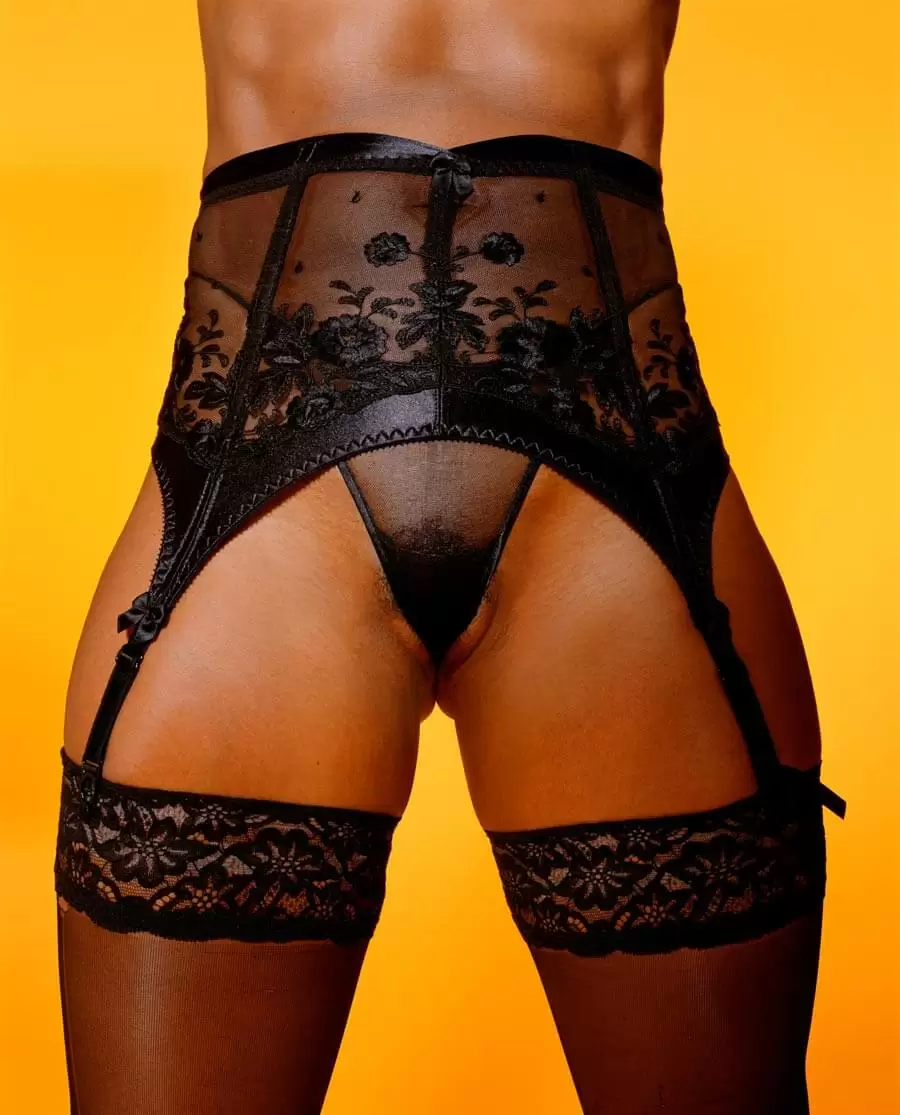
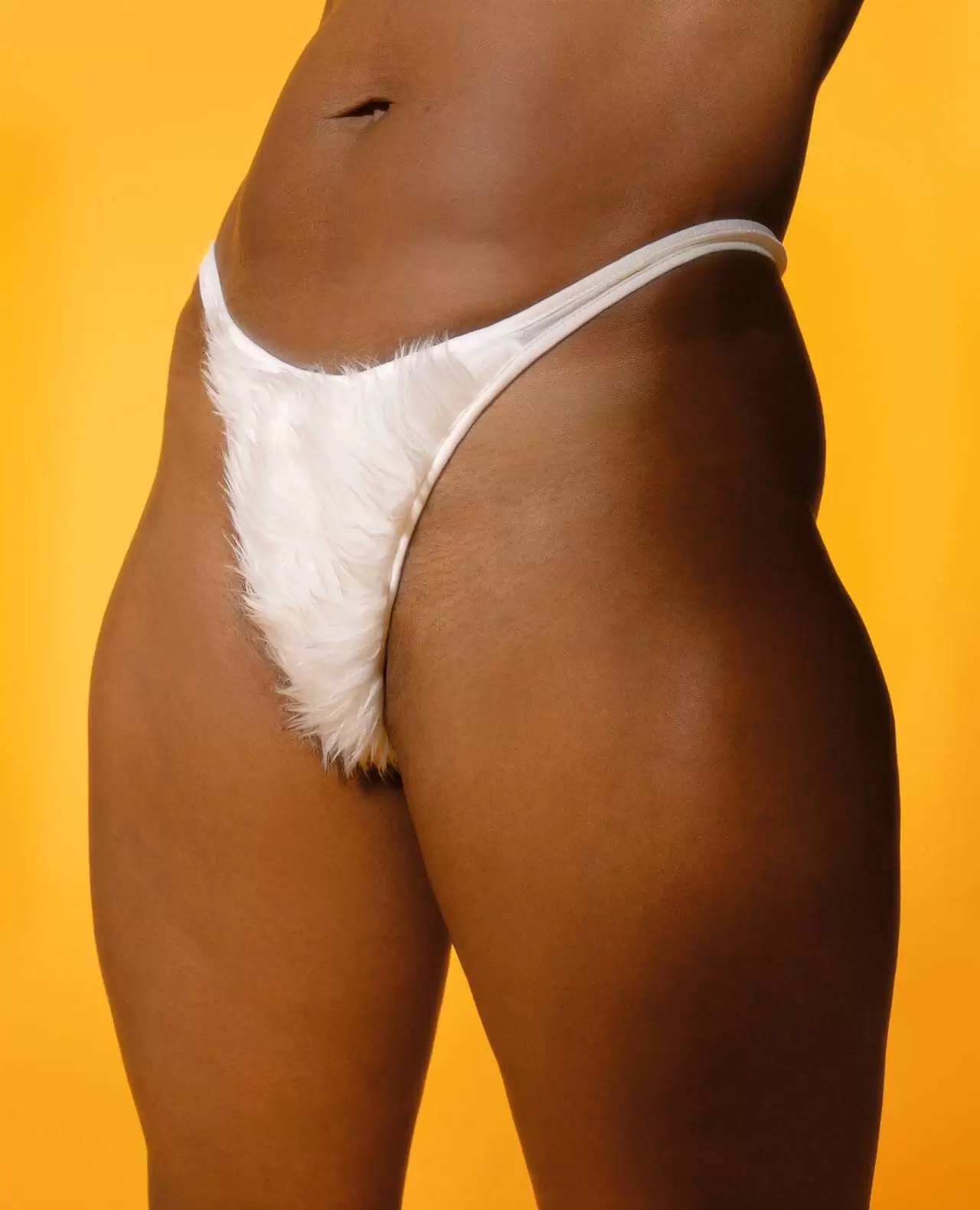
60 x 48 in. (Right) Renee Cox, Garter Belt , from American Family , 2001 Archival digital C-print mounted on aluminum
60 x 48 in.
When it came to curating the book, we just knew that we wanted to include a range of voices as diverse as the thoughts and feelings themselves. Pleasure, like art, is subjective; and it was important for BlackBook to showcase a range of women and allow them to explore the idea of pleasure in whatever way was most authentic to them.
“it was important for BlackBook to showcase a range of women and allow them to explore the idea of pleasure in whatever way was most authentic to them.”it was important for BlackBook to showcase a range of women and allow them to explore the idea of pleasure in whatever way was most authentic to them.” – ALEXANDRA WEISS
It was also wonderful to read the Publisher’s Letter which reminded readers that this book goes beyond the hetro- and cisnormative bias a lot of “feminist” dialogue reeks of when pushing Pussy Power objectives:
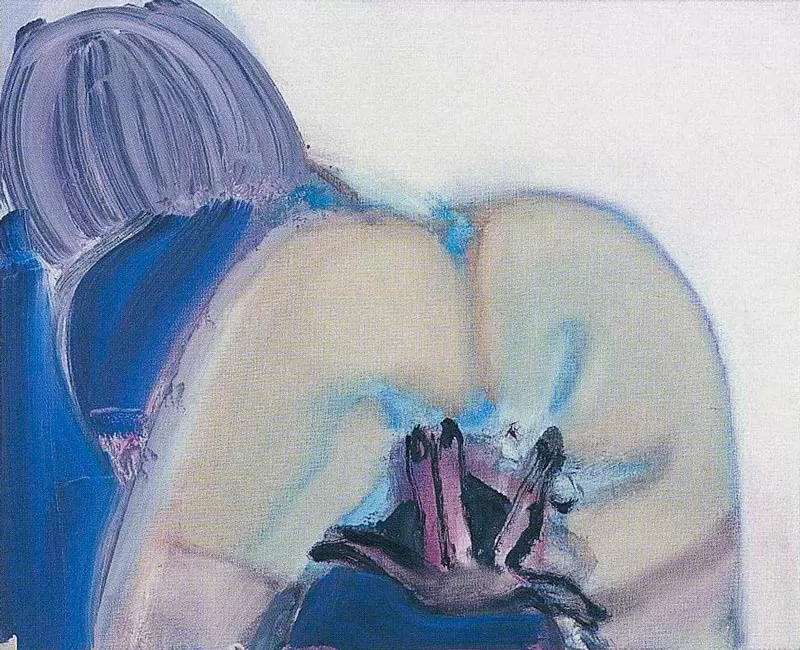
40 x 50 cm. Peter Cox, Eindhoven. Private collection. All works © Marlene Dumas. Courtesy of the artist.
Since launching BlackBook in 1996, our ethos has always been about amplifying marginalized voices and creating a space where women, people of color, the trans community, punks, members of the subculture, and people from the fringes of society, as well as the mainstream, could be seen, heard, and understood—a place for forward- thinking individuals and cultural movements. A Woman’s Right To Pleasure does exactly that.
When we started, we were intent on capturing the literal definition of a woman’s right to pleasure: an orgasm. And we wanted to do so in the most unvarnished way, through paintings and photos of the vagina.

We realized that while A Woman’s Right To Pleasure would explore the visual and conventional idea of the vagina, we also wanted to look at it—and at pleasure—as a metaphor for so much more—one that speaks to freedom and the varied nature of the female experience, whether cis, trans, or non-binary.
To sum up: A Woman’s Right to Pleasure – steamy, powerful, gorgeous.
©2020 Playboy, Dr. Amir Marashi, LELO, Marlene Dumas, Renee Cox, Carrie Mae Weems, Martine Gutierrez, Nadia Lee Cohen, Cass Bird, Marina Abramović, Ed Freeman, Betty Tompkins, Reka Nyari. All rights reserved.




